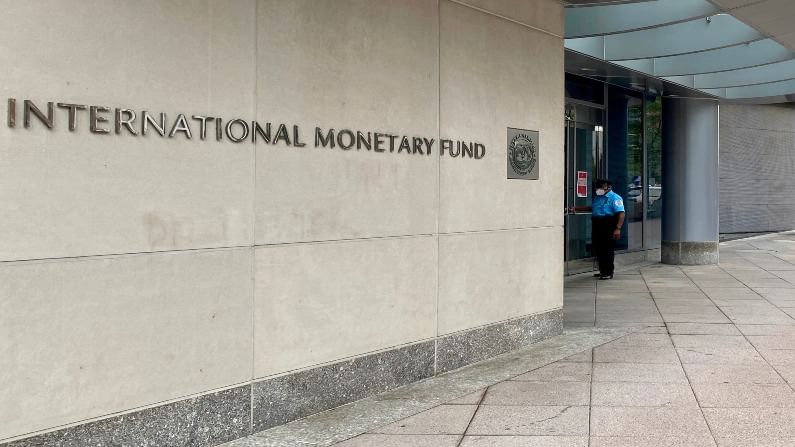Hits and misses in IMF predictions about the Indian economy in the past four years
IMF's optimism is music to the ears of policymakers, especially when a second wave of the pandemic is threatening to sweep the country

The International Monetary Fund (IMF) has projected a 12.5% growth for the Indian GDP in 2021, that is not only in line with the Centre’s much-anticipated V-shaped recovery, but also far higher than that of China, which is expected to clock 8.6%. For 2022, IMF estimated India’s growth story to continue at 6.9%.
The growth in Gross Domestic Product (GDP) is keenly watched out as a rise in this rate might signify a lot of things for the common man such as increased employment opportunities, rising production in factories, increased availability of loans from banks and even investment opportunities.
IMF’s optimism is music to the ears of policymakers, especially when a second wave of the pandemic is threatening to sweep the country, and this is the appropriate moment to look back at the projections IMF made in the past few years and how close they were to the actual figures.
Incidentally, a number of agencies/bodies have forecast double-digit growth rates for the Indian economy in FY22. These are Moody’s (12%), S&P (10%), Fitch (11%), UBS Global Research (11.5%), Organisation for Economic Cooperation and Development (12.6%) and HSBC (11.2%).
In contrast, the Reserve Bank of India has been far more conservative in its forecast, predicting a growth rate of 10.5%. On April 7, RBI Governor Shaktikanta Das said the forecast remained unchanged though he pointed to the growing uncertainties over a second wave of COVID 19 cases.
United Nation Conference on Trade and Development has been the most conservative about growth in India, predicting a mere 5% growth in the current year.
In 2017-18, the Indian economy grew by 7.2%. The IMF had hit the bullseye by predicting in April 2017 that the economy would grow by 7.2%.
Incidentally, the World Bank had a slightly lower forecast of growth rate. In late September 2017, it revised its earlier prediction of 7.2% down to 7%.
In 2018-19 the economy grew at 6.8%. In July 2018, IMF estimated that the Indian economy would grow in 2018 at 7.3%, revising its earlier estimate down from 7.4%. The World Bank prediction of 7.3% was made in June 2018.
In 2019-20, the year that narrowly escaped the injuries inflicted by COVID 19, the economy grew at 4.2%. This year, too, the IMF projections were slightly higher than the actual score – the fund had forecast 6.1% growth rate earlier but in January 2020 revised it to 4.8% but was still 60 basis points higher than the achievement.
The World Bank, too, was a bit more optimistic, when it predicted a rate of 5% in January 2020. That rate was a drastic revision of 100 basis points of its earlier forecast of 6%.
In 2020, India’s economy contracted by a record 8%. In its World Economic Outlook update released in June 2020, the IMF said it expected the Indian economy to shrink at 4.5%, a far more optimistic outlook than it turned out to be.
At that time, it had forecast a 6% growth for the country in 2021, that it has now more than doubled on April 6.
On January 26, 2021, IMF predicted that the economy of India would grow by 11.5% in 2021. That prediction came a full one month before the Central Statistical Organisation came out with the FY21 Q3 growth figure of 0.4% that marked the emergence of the economy from two successive quarters of contraction.
However, IMF makes projections/estimates on the basis of a calendar year, while India follows April-March cycle.
Though economists shared the concerns over the number of rising COVID cases, they expect a double-digit growth.
“We expect GDP and GVA to grow in the range of 10-11%. The surge in COVID-19 cases and reimposition of localised lockdowns has increased the uncertainty on the near-term growth outlook. There is a possibility of temporary compression in aggregate demand in this quarter. We are not revising our forecast right now. We will wait and see the impact of COVID-19 cases,” said Aditi Nayar of ICRA.